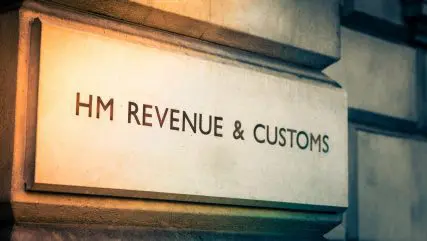
Gaining Business Asset Disposal Relief on liquidated company assets
We outline how you can gain Business Asset Disposal Relief on liquidated company assets when it comes to closing a company down and accessing the financial assets.
Reassuring help when facing insolvency
Directors have responsibility for a company’s performance. As such, it is vital that they understand their duties and responsibilities as contained in the Companies Act 2006 and the company’s own Articles of Association.
Director’s duties and responsibilities change depending upon the financial health of the company. Under the provisions of the Companies Act 2006 directors have a duty to act in good faith to promote the success of the company for the benefit of its shareholders. However if the company starts to experience financial difficulties the directors duties are modified by a duty to act in the interests of its creditors rather than its shareholders.
In addition, Liquidators and Administrators are required to report to The Insolvency Service, an executive agency of The Department for Business, Energy & Industrial Strategy (“BEIS”), on any person who acted as a director, or shadow director, and the manner in which the company was run.
Where ‘unfit’ conduct can be demonstrated, BEIS will consider if it is in the public interest to prosecute any director with a view to obtaining a disqualification order, prohibiting that person from acting as a company director for a period of up to 15 years. In making their assessment of whether or not to prosecute, BEIS are known to consider matters such as use of customer deposits to fund trading, delaying tactics, bounced cheques and the non-payment of VAT, PAYE/NIC and other Crown monies.
Continuing to trade whilst insolvent is not illegal but it carries considerable risks and directors can be prosecuted for wrongful trading. A director of a company may be found liable for wrongful trading if they knew or ought to have known that there was no realistic prospect of the company avoiding insolvent liquidation and from that point failed to take every step to minimise the loss to creditors.
Dishonesty is not necessary nor does the director need to have profited from the wrongful trading. If a director is found to have been wrongfully trading they may be required to contribute to the assets of the company personally, the amount being decided by the Court. To avoid liability for wrongful trading directors must show that they took every step to minimise the potential loss to creditors. Liability for wrongful trading will only arise if the company’s creditors are worse off as a result of the continuation of trading.
Directors may consider that the company can trade back to solvency and in certain circumstances the decision to continue trading may be justified. If directors intend to continue trading whilst insolvent, even for a limited period of time, they should take measures to protect their position which may include the following: –
This occurs when a director carries on trading a business with the intention of defrauding creditors or for any other fraudulent purpose (rather than causing loss through negligence or incompetence). A director found guilty of fraudulent trading can face prison as well as personal liability for company debt.
A transaction is a “preference” if it puts a creditor (or guarantor) of the company in a better position than the other creditors in the event that the company enters into insolvent liquidation. The company must have “desired” to prefer the creditor. This means that the company must wish to put that creditor in a better position. If the preference is in favour of a person or entity connected with the company then there is an automatic presumption that the company desired to prefer the connected person or entity.
The Liquidator may apply to the Court for a preference to be set aside if it was made six months prior to the onset of commencement of insolvency proceedings. This period is extended to two years if the preference was made to a connected person or entity.
A transaction at an undervalue is one for which the company has received no consideration for or significantly less consideration than the value of the goods or services it is providing. The Liquidator may apply to the Court for a transaction at an undervalue to be set aside if it was entered into within two years prior to the onset of commencement of insolvency proceedings provided that the company was insolvent at the time of the transaction or became insolvent as a result.
An officer of a company that enters liquidation may be found guilty of ‘misfeasance’ or breach of their fiduciary or other duties to the company. As such, they may be ordered to personally repay, restore or account to the company for damages suffered by the company as a result of the director’s actions.
We would always urge directors to seek professional advice and carefully document their decision making process when their company is at risk of insolvency. Any significant proposed transactions, especially those outside of the ordinary course of business, must be carefully considered in light of the above.
It is imperative that directors are aware of their changing responsibilities when their companies are experiencing financial distress in order to best protect the creditors as well as their own financial positions.
If your company is experiencing signs of financial distress, get in touch with our Insolvency & Recovery team at the earliest opportunity to discuss your options and obligations in order to ensure a positive outcome for all stakeholders.
Contact us today to find out more about how we can help you

We outline how you can gain Business Asset Disposal Relief on liquidated company assets when it comes to closing a company down and accessing the financial assets.

Our latest article summarises HMRCs announcement on 6 December 2023 that they would cease providing tax clearances for Members' Voluntary Liquidations (MVLs) and explain what this means for business owners.

Covid-19 archive page, read how we supported businesses in their fight against the impact of the coronavirus pandemic.

We revisit the Crown preference changes and what they mean for insolvencies.